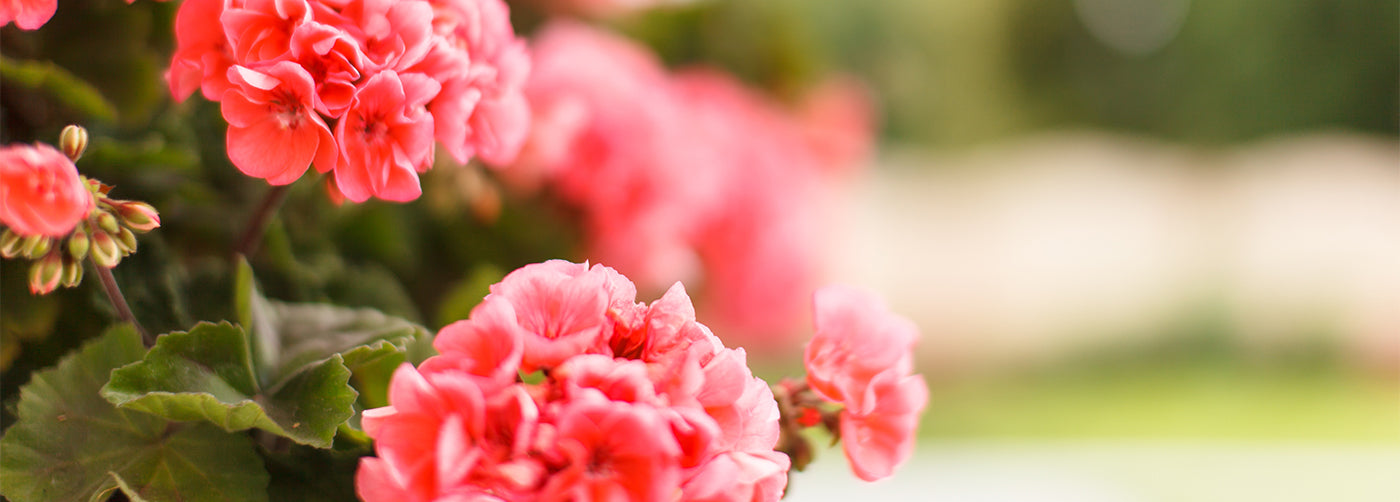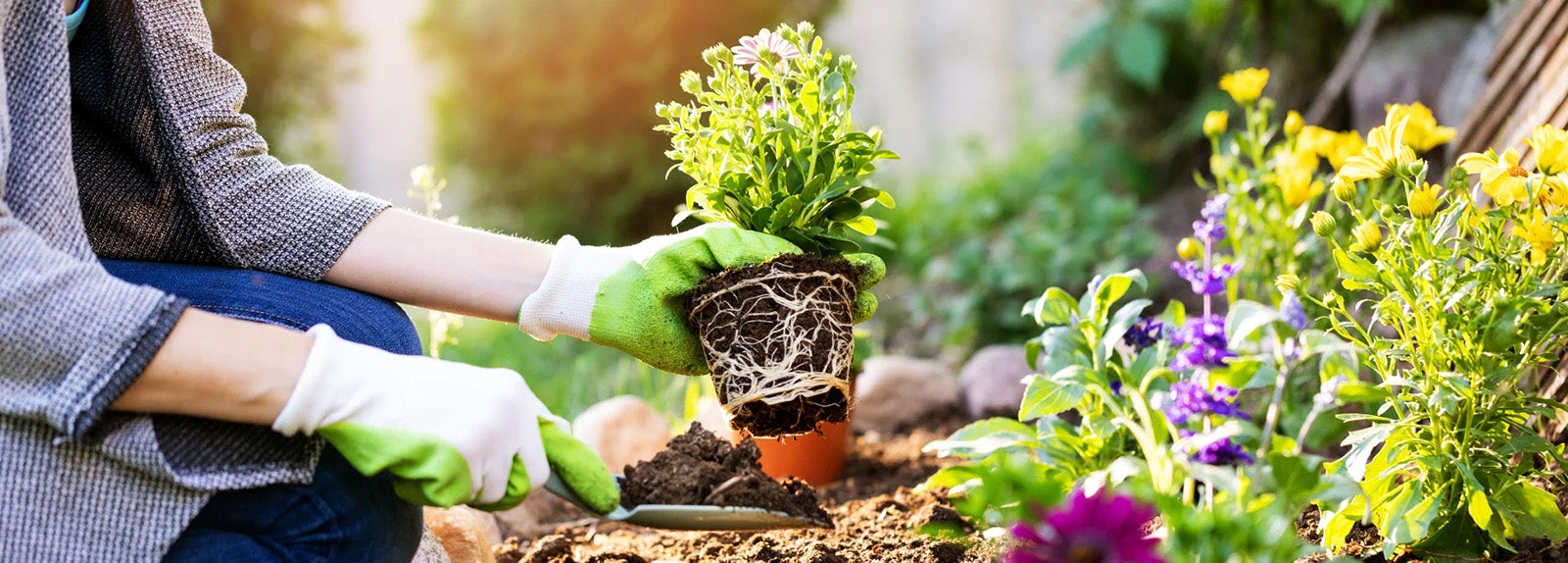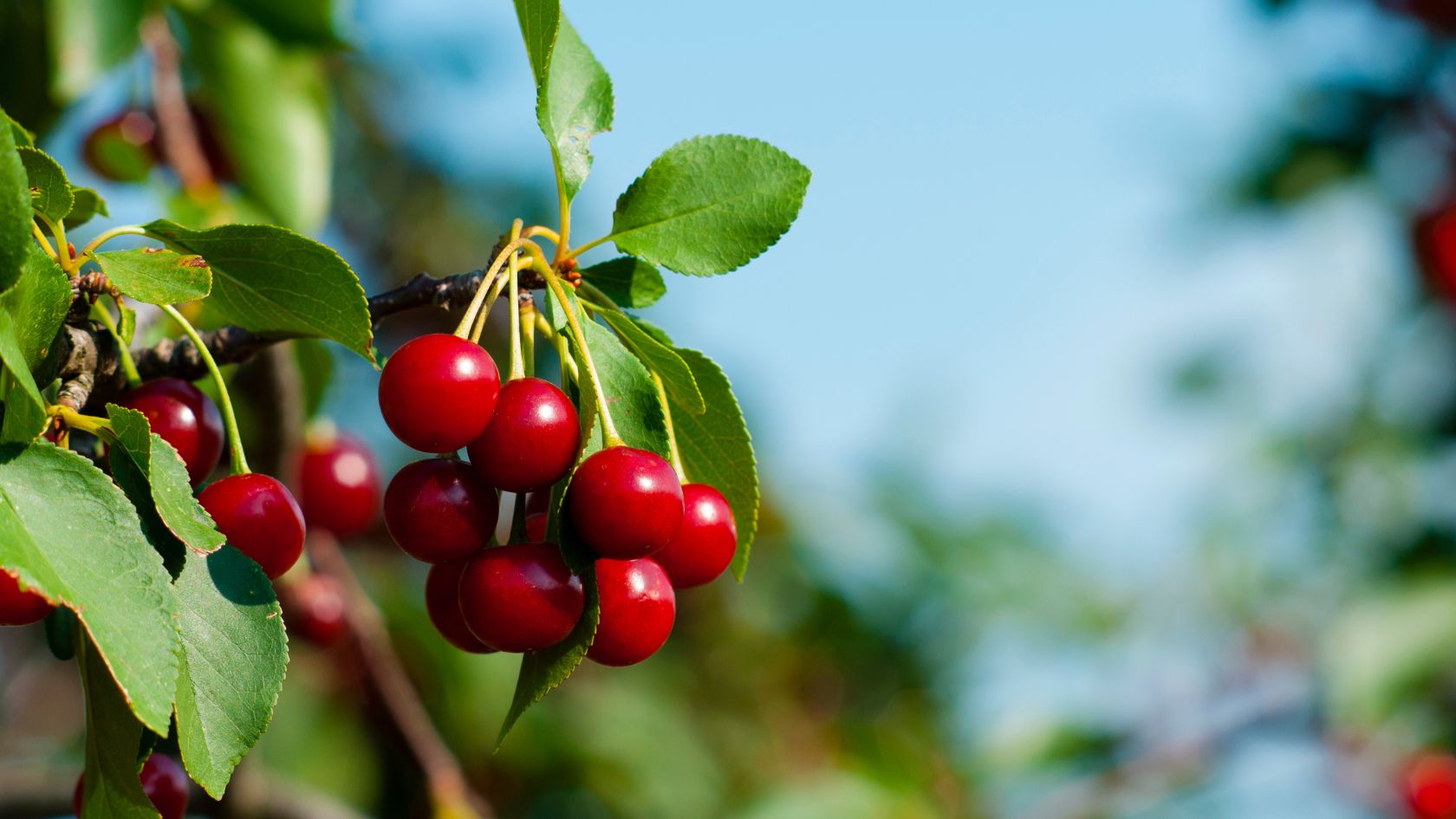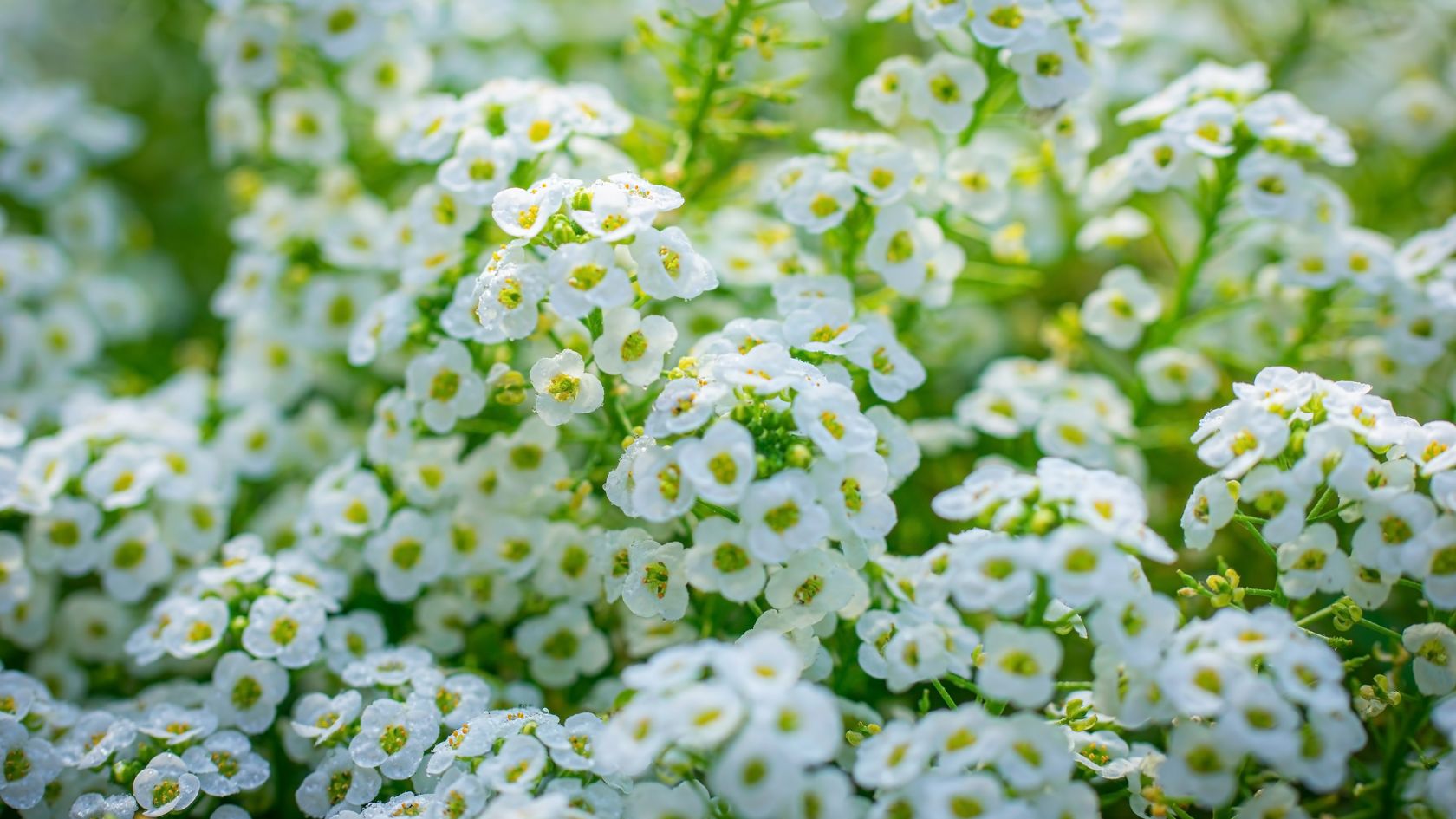Raspberries are delightful fruits that are loved by many gardeners. With their sweet-tart flavor and vibrant color, they make a fantastic addition to any garden or backyard. For gardeners in Alberta, Canada, growing raspberries can be a rewarding experience, but it requires special care and attention due to the region's unique climate and soil conditions. In this comprehensive guide, we will explore the key aspects of caring for raspberry shrubs in Alberta to help you grow healthy, productive plants.
Choosing the appropriate raspberry varieties for Alberta's climate is crucial for successful cultivation. Consider selecting cold-hardy cultivars like Boyne, Canby, or Killarney, which are well-suited for the region. These varieties can withstand Alberta's harsh winters and still produce abundant fruit.
Raspberry shrubs thrive in full sun, so choose a location in your garden that receives at least six hours of direct sunlight each day. The soil should be well-drained, fertile, and rich in organic matter. Prepare the soil by incorporating compost or well-rotted manure to improve its structure and nutrient content. Avoid planting raspberries in low-lying areas that are prone to waterlogging, as this can lead to root rot.
Plant your raspberry shrubs in early spring or late fall, when the soil is workable. Space the plants about 2-3 feet apart in rows, leaving 8-10 feet between rows. Dig a hole wide and deep enough to accommodate the plant's roots, and gently spread the roots out when placing it in the hole. Backfill with soil, ensuring that the crown of the plant (where the roots meet the stem) is level with the soil surface.
Raspberries require regular watering, especially during dry spells. Aim for about 1-2 inches of water per week, either from rainfall or supplemental irrigation. However, be cautious not to overwater, as excessive moisture can cause root diseases. Applying a layer of organic mulch around the base of the plants helps retain soil moisture, suppress weeds, and regulate soil temperature.
Pruning is essential for maintaining healthy and productive raspberry shrubs. In late winter or early spring, remove any dead, damaged, or weak canes. For summer-bearing varieties, thin out the canes, leaving only the strongest 4-6 canes per plant. For everbearing varieties, you can opt for a different pruning technique called "two-wire trellising." This involves training the primocanes (first-year canes) on one wire and the floricanes (second-year canes) on another, allowing for separate pruning and better airflow.
Raspberries benefit from regular fertilization to ensure optimal growth and fruit production. Before planting, incorporate a balanced fertilizer into the soil. In subsequent years, apply a slow-release fertilizer in early spring, following the manufacturer's instructions. Additionally, conducting a soil test every few years will help you understand the nutrient composition and pH levels, allowing you to make any necessary amendments.
Raspberry shrubs can be susceptible to various pests and diseases, such as aphids, Japanese beetles, raspberry cane borers, and fungal infections like powdery mildew or root rot. Regularly inspect your plants for signs of damage or infestation, and take immediate action if necessary. Consider implementing organic pest control methods or consult with local garden centers for appropriate treatments.
Successfully growing raspberry shrubs in Alberta requires a combination of careful planning, proper planting techniques, diligent maintenance, and knowledge of the local climate and soil conditions. By selecting suitable varieties, providing adequate care, and addressing potential issues promptly, you can enjoy a bountiful harvest of delicious raspberries year after year. So, roll up your sleeves, put on your gardening gloves, and embark on a fruitful journey with these delectable fruits in your Alberta garden!












